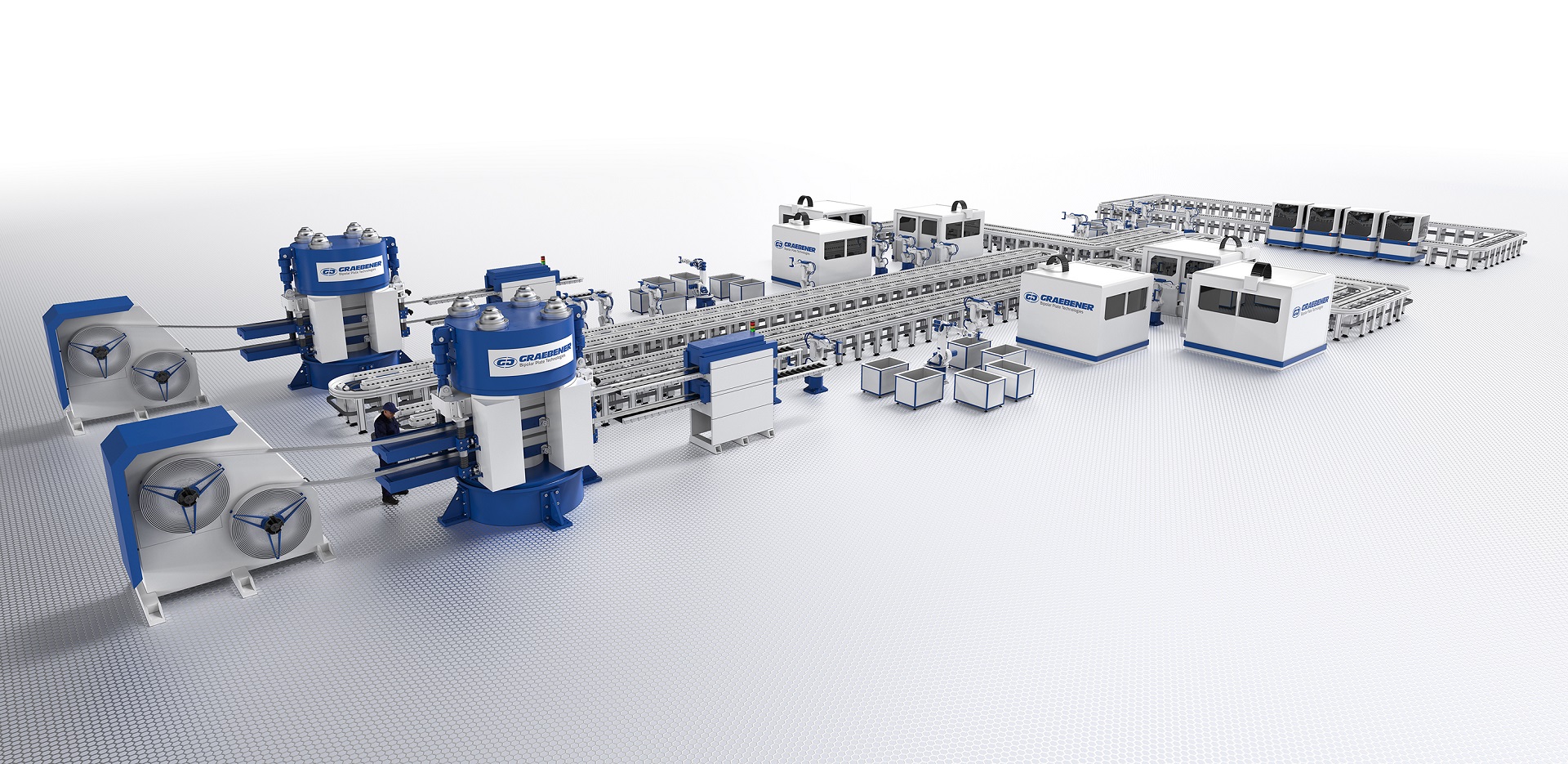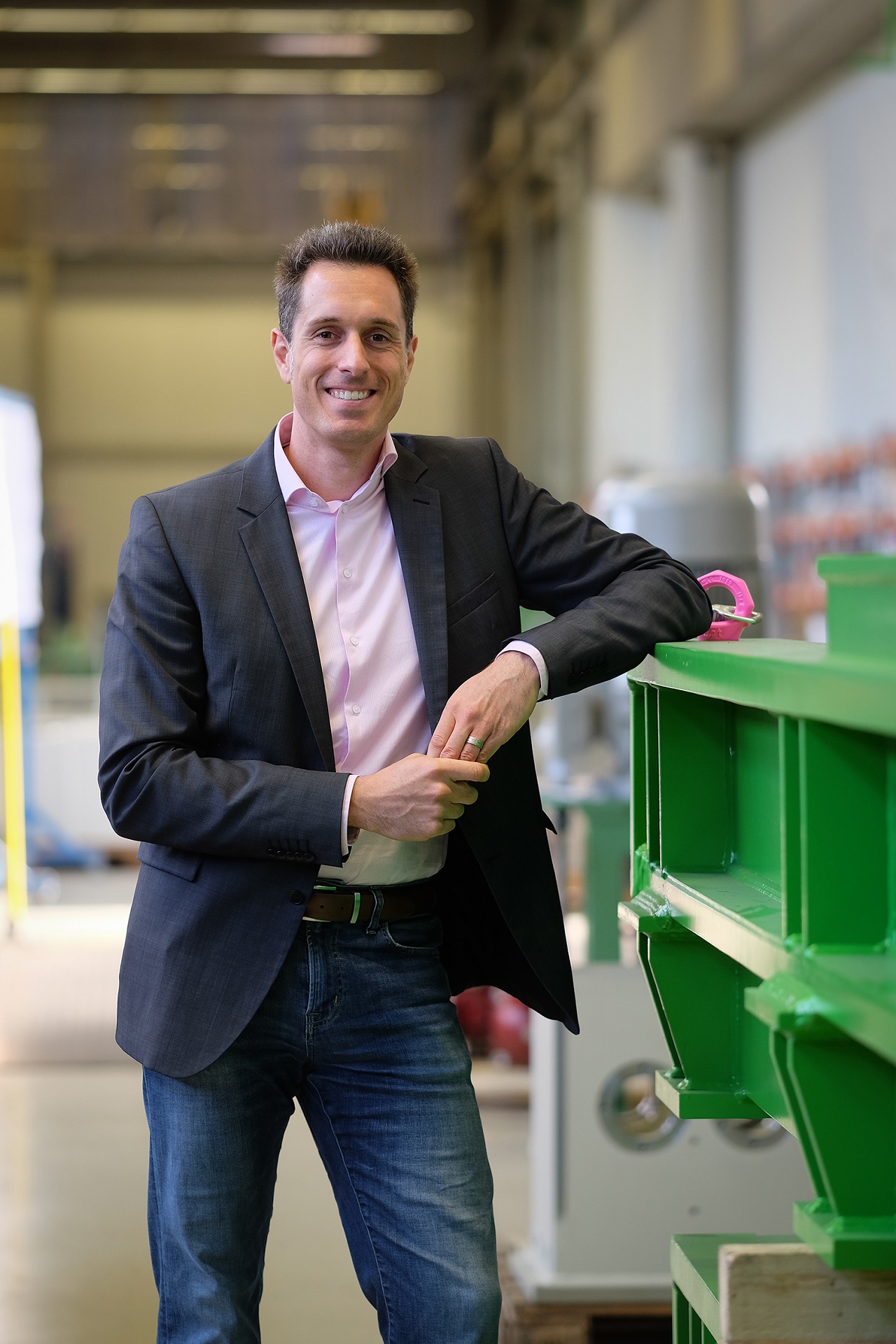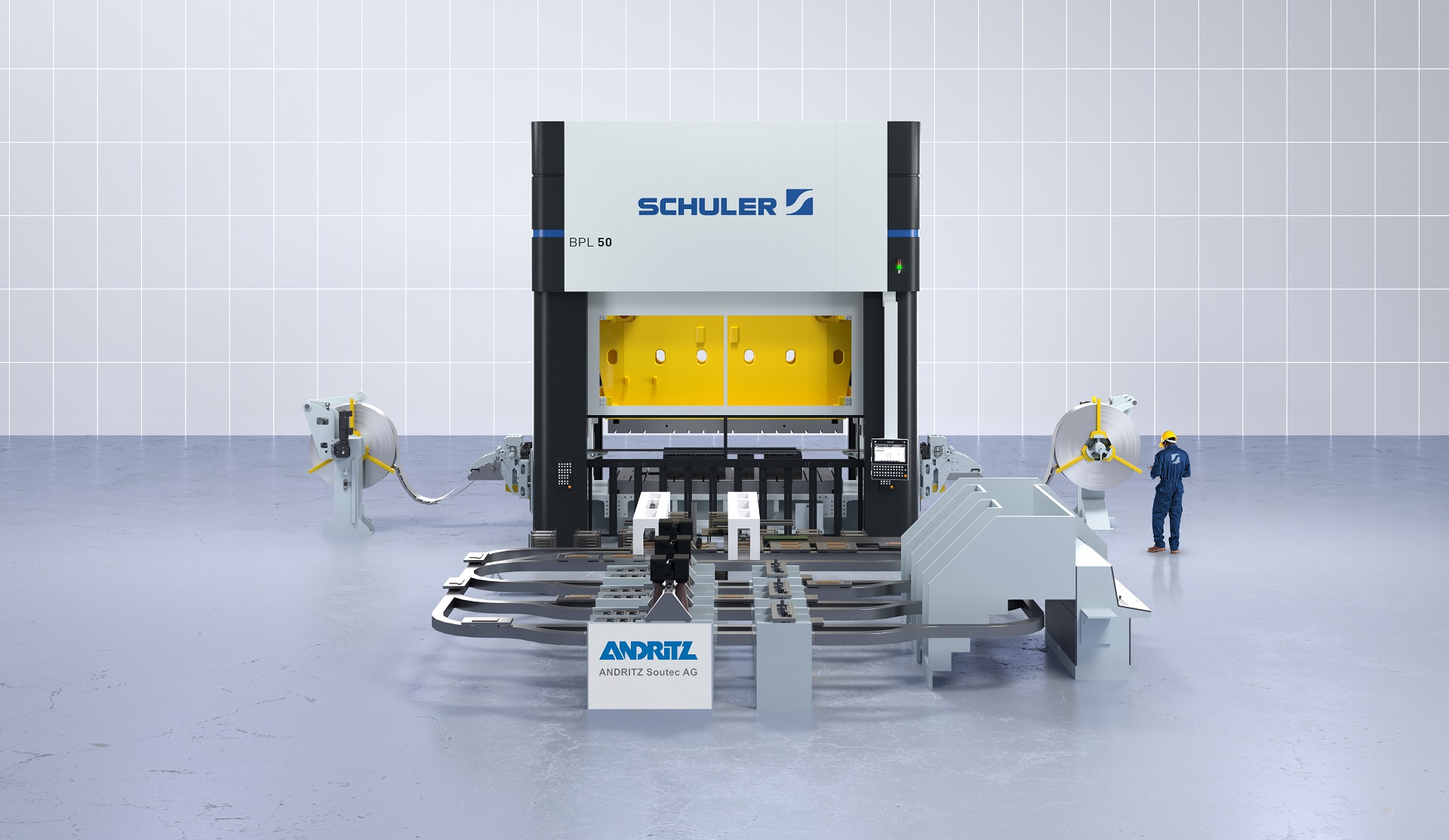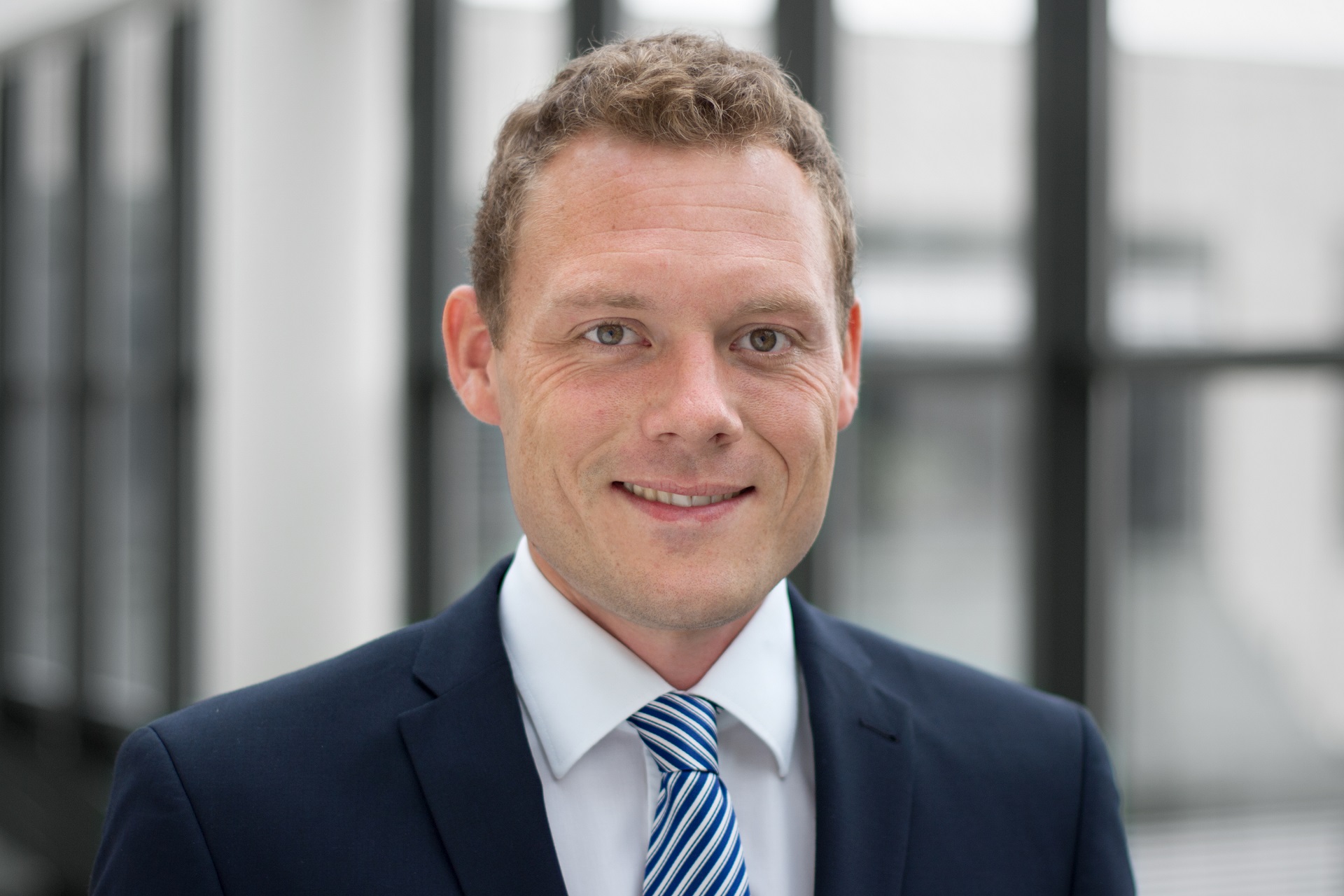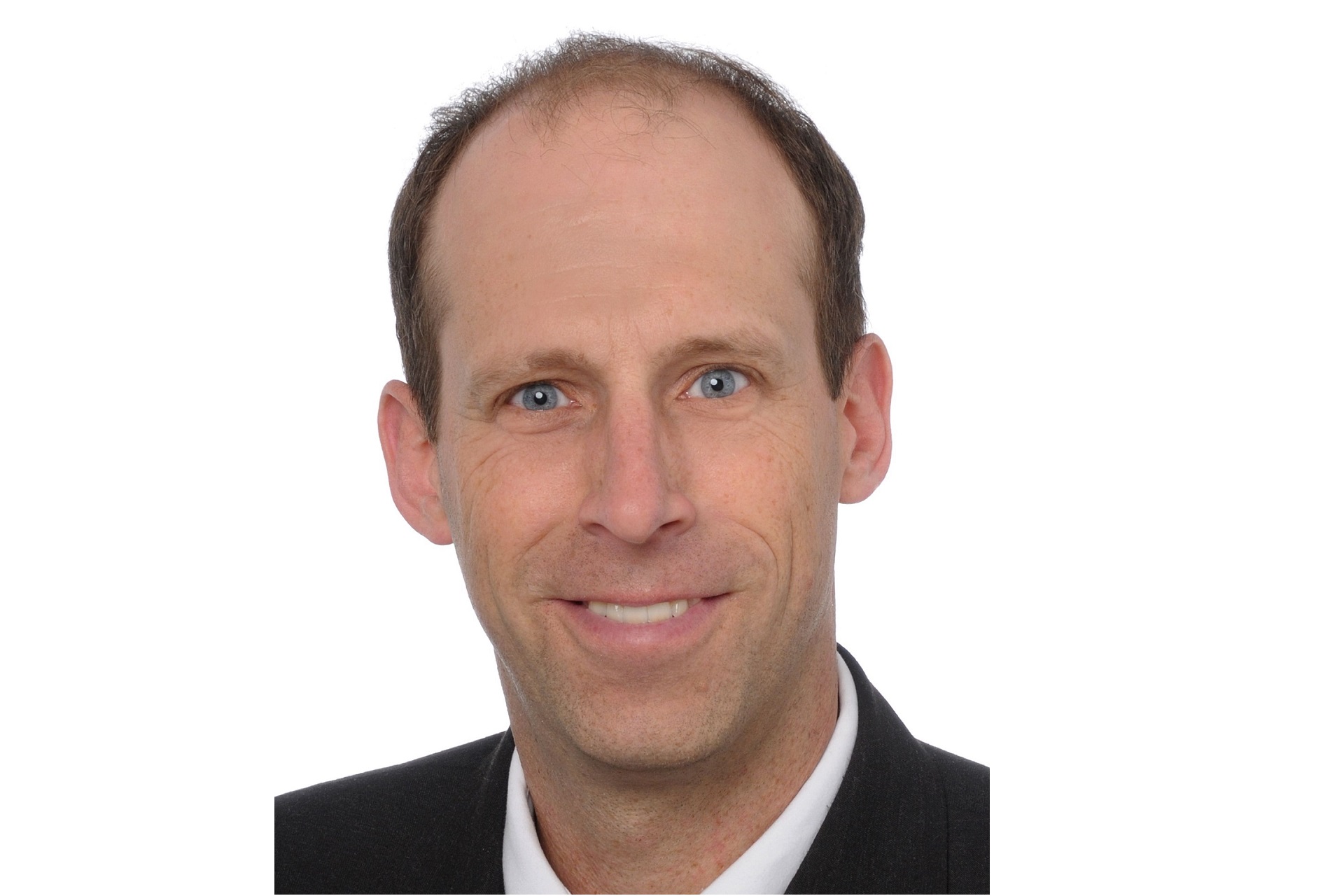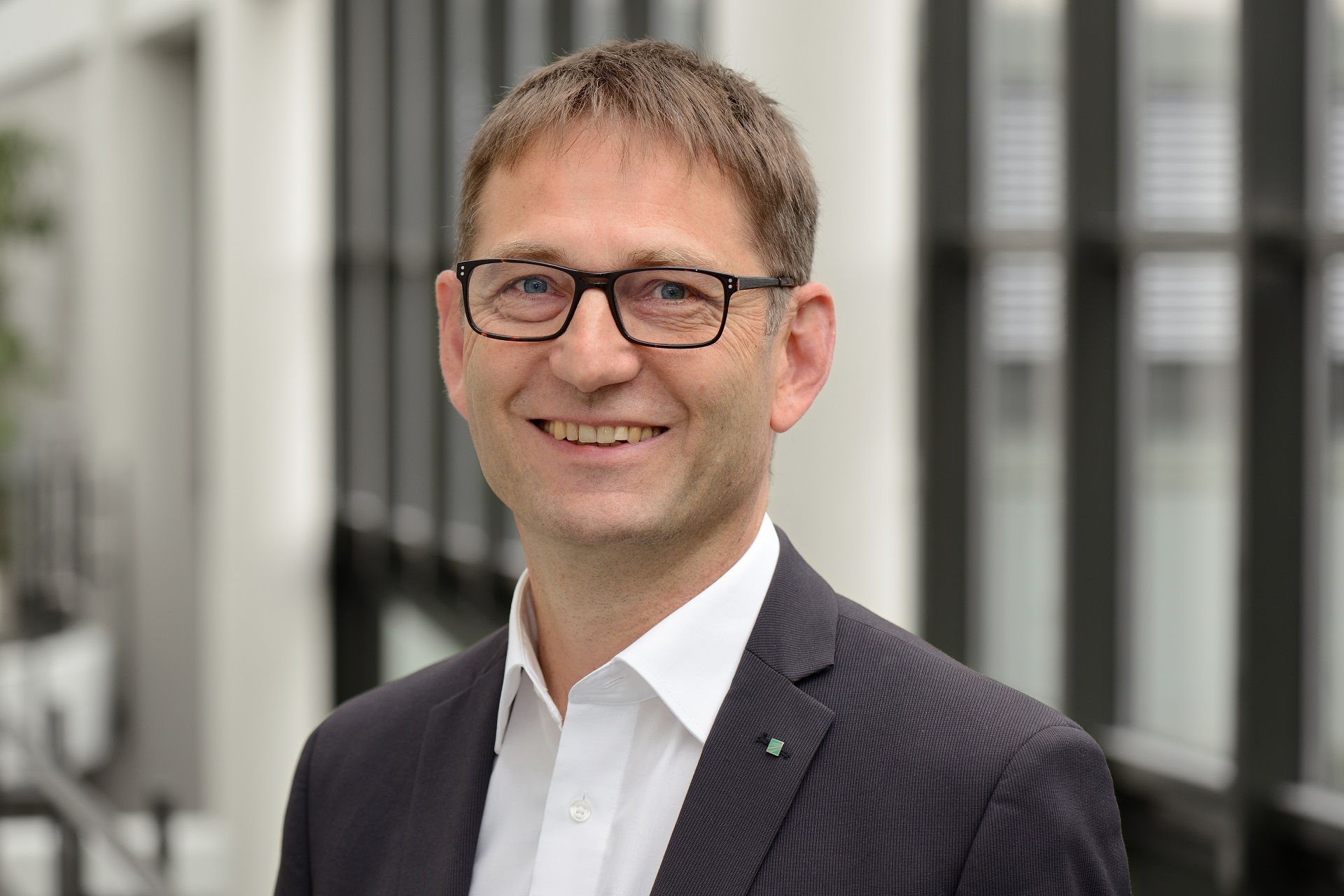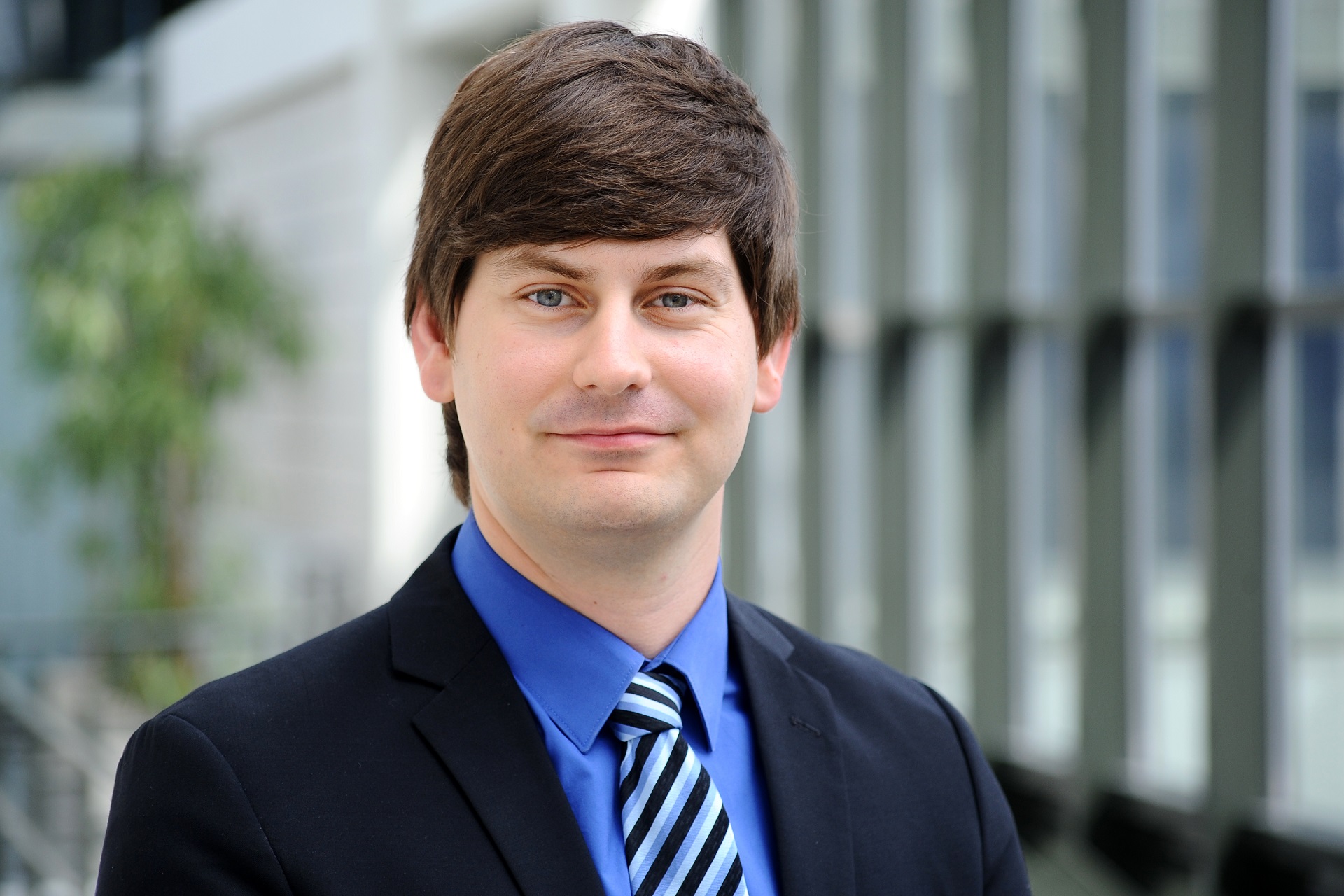“Since its invention about 180 years ago, the fuel cell has been filled with hopes that it could never fulfill. Is the breakthrough imminent now?” Marc Lüttgemann asked in 2016 on the homepage of the BDEW Bundesverband der Energie- und Wasserwirtschaft e.V. [Federal Association of the Energy and Water Industry]. The science editor was sure that the breakthrough would come, but not when.
Even the Fraunhofer-Gesellschaft cannot predict the future of fuel cells, but it is consistently backing hydrogen, which many consider to be the coal of the future. For this reason, it has combined the strengths of 28 institutes in the “Hydrogen Network,” in which Fraunhofer ILT is also involved. On September 9, 2020, the Aachen engineers also launched the first Laser Colloquium Hydrogen LKH2, which – as a virtual event – also attracted some 55 participants. Ten presentations dealt with many aspects of fuel cell manufacturing with a strong focus on laser materials processing.
2030: Four million cars running on fuel cells?
All parties are highly motivated because the annual production of vehicles with fuel cells is expected to increase by a factor of 160 to almost four million by 2030. This would increase the demand for membrane electrode assemblies (MEA) and bipolar plates (BPP) to around 800 million. To achieve this, however, the industry has to lower the cost of fuel cells significantly, from the current 10,000 to 40,000 euros, says Dr. Christoph Baum, Managing Director at the neighboring Fraunhofer Institute for Production Technology IPT. However, it is difficult to estimate the costs because there are still no “clear market prices.” In the automotive industry, only Toyota and Hyundai produce fuel cells as standard equipment. Most of the costs of a fuel cell are currently accounted for by the MEA (62%) with its high platinum content and by the BPP (30%).
The plate halves are welded together to form bipolar plates and stacked in a stack composite, which not only has good electric and thermal conductivity, but also very reliably stops water, oxygen and above all hydrogen from escaping. Although the plates are usually only as large as a DIN A4 sheet of paper, the weld seams of the two 100 µm thin metal foils to be joined are long. “We not only have to weld the complete outer contour, but also the inlet openings, the so-called manifolds, for water, oxygen and hydrogen,” explains André Häusler, team leader for Micro Joining of Metallic Materials at Fraunhofer ILT. “In addition, depending on the design, welds are made in the channel structure to reinforce the construction. This results in around 1.0 to 1.4 meters of weld seam per plate.”
Humping effect: A threat of leakage due to bulging
Fraunhofer ILT investigated this task within the framework of CoBiP, a joint project with Fraunhofer IPT, in which a continuous roll-to-roll production of metallic BPPs has been created: A 1 kW fiber laser welded two 100 µm thick, uncoated stainless steel foils (1.4404) at a feed rate of a maximum 7,000 mm/s under argon gas. But even at low feed rates, a humping effect occurred, which, due to defects, severely jeopardized the tightness of the seam.
The institutes improved the process by switching from the near infrared range (wavelength: 1070 nm) to visible blue or green laser light (450 or 515 nm), which has an absorption degree of almost 50 percent in typical steel (DC04), twice as high as that of the NIR laser. The best welding was performed by a 1 kW TruDisk 1020 with green laser light, which, at a focus diameter of 80 µm, produced a very good laser seam even at 1,000 mm/s. Häusler explains, “We are currently investigating how melt pool flow and keyhole dynamics can be influenced by changing the wavelength and the beam source in such a way that no humping occurs even at high feed rates.”
 Fraunhofer Institute for Laser Technology ILT
Fraunhofer Institute for Laser Technology ILT